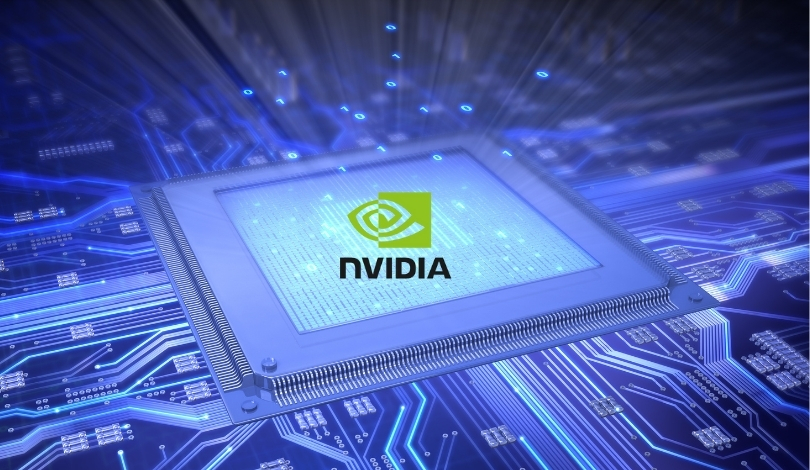Nvidia has unveiled its latest GPU driver, bringing forward the DLSS 4 Override feature aimed at enhancing gaming performance through customizable settings. This new functionality allows users to tailor their graphics experience more precisely, aligning with individual hardware configurations. The introduction of this feature marks a significant step in Nvidia’s ongoing efforts to provide more adaptable tools for gamers, though it has sparked varied reactions within the user community.
Nvidia has a history of incrementally improving their DLSS technology, focusing on both performance and visual improvements. Compared to prior versions, DLSS 4 Override offers greater flexibility, enabling more detailed adjustments that were not possible before. This evolution demonstrates Nvidia’s commitment to responding to user feedback and advancing their graphics solutions.
What is the DLSS 4 Override Feature?
DLSS 4 Override empowers gamers to modify DLSS settings beyond the default options, allowing for a more personalized balance between image quality and performance. This level of customization is designed to let users optimize their experience based on specific game requirements and system capabilities.
How Have Users Reacted to the New Feature?
“I’m very pleased with the DLSS 4 Override feature present in Nvidia’s new GPU driver, but you might want to stay away from it for now.”
Feedback from the community has been mixed; some users commend the enhanced control and better performance, while others encounter challenges that lead them to advise caution when enabling the feature.
What Are the Potential Implications for Future GPU Drivers?
The launch of DLSS 4 Override could pave the way for more customizable options in future GPU drivers, as Nvidia may continue to expand user ability to fine-tune their settings. This trend may influence how other GPU manufacturers develop their driver features, emphasizing personalization and user-driven adjustments.
The response to the DLSS 4 Override feature, when assessed alongside previous updates, reveals Nvidia’s strategic shift towards offering more detailed customization tools. Earlier iterations of DLSS primarily focused on overall performance enhancements, but the current update introduces a more user-centric approach. Such changes could cater to a segment of the market that demands greater control over their gaming environments.
Nvidia’s DLSS 4 Override signifies an important move in their driver development philosophy, emphasizing user personalization without sacrificing performance. Gamers seeking to optimize their setups will find valuable tools in this feature, though they should remain aware of potential initial instabilities. Ongoing driver updates and community feedback are likely to shape the final effectiveness of this enhancement, making it a noteworthy development for enthusiasts and casual players alike.










